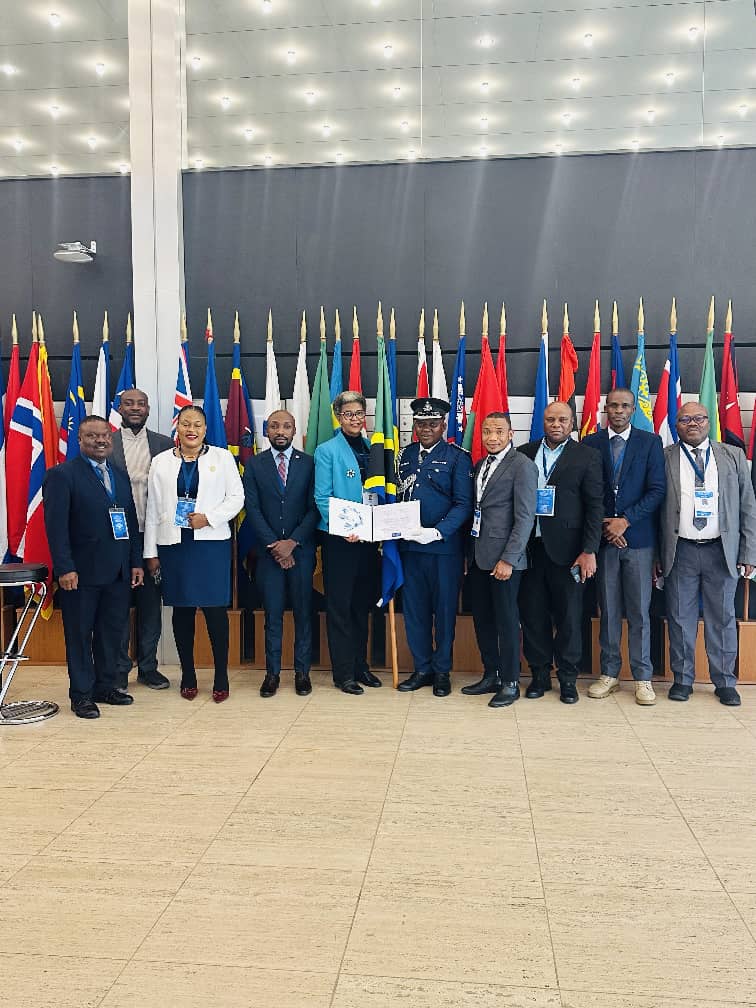
Monday 20th October 2025

by inAfrika Magazine
Kenya mangrove restoration efforts by the Kenya Ports Authority (KPA) won the Environmental Care category at the 2025 IAPH Sustainability Awards, organisers said. The accolade was announced at the World Ports Conference in Kobe, recognising KPA’s collaboration with coastal communities to rehabilitate degraded forests. Moreover, judges selected the project from a record field of entries. The award underscores the port sector’s expanding role in nature protection.
The winning project forms part of KPA’s Green Ports Policy, which aligns operations with national and global climate goals, the authority said. In addition, the programme reports improved coastal ecosystem health and better breeding grounds for marine life tied to restored mangrove stands. Consequently, local livelihoods—such as small-scale fishing and seaweed farming—have seen support from healthier habitats.
IAPH’s Sustainability Awards highlighted African port leadership in 2025, with multiple winners from the continent. The Environmental Care category specifically cited Kenya mangrove restoration as a model for port-community partnerships. Meanwhile, the World Port Sustainability Program’s shortlist had flagged the project earlier in the year, signalling strong peer recognition.
Why it matters: Mangroves store large amounts of carbon, shield coasts from storms and sustain fisheries. Therefore, port-led restoration can deliver climate and economic co-benefits at once. Moreover, embedding nature projects in port strategies helps reduce operational risk from erosion and extreme weather, while meeting investor expectations on environmental performance.
Officials added that Kenya’s broader tree-planting drive complements targeted coastal work. However, sustaining gains will require long-term maintenance, science-based monitoring and community incentives that prevent re-clearing. In addition, port authorities across the region are weighing how to build similar initiatives into dredging plans, berth expansions and logistics parks to manage cumulative impacts.
Next steps include scaling proven nursery and planting methods and integrating blue-carbon accounting into project design. Consequently, development banks and climate funds may find it easier to back replicable models with clear ecological baselines and social benefits. For KPA, the recognition could accelerate partnerships and unlock technical support for broader shoreline restoration


